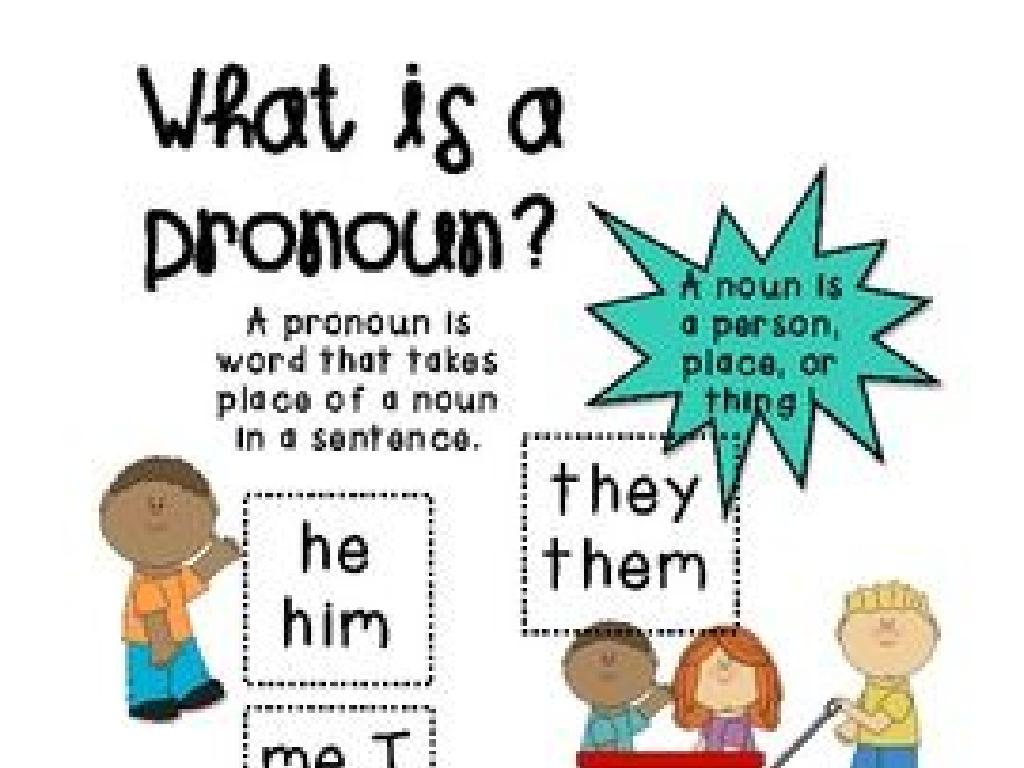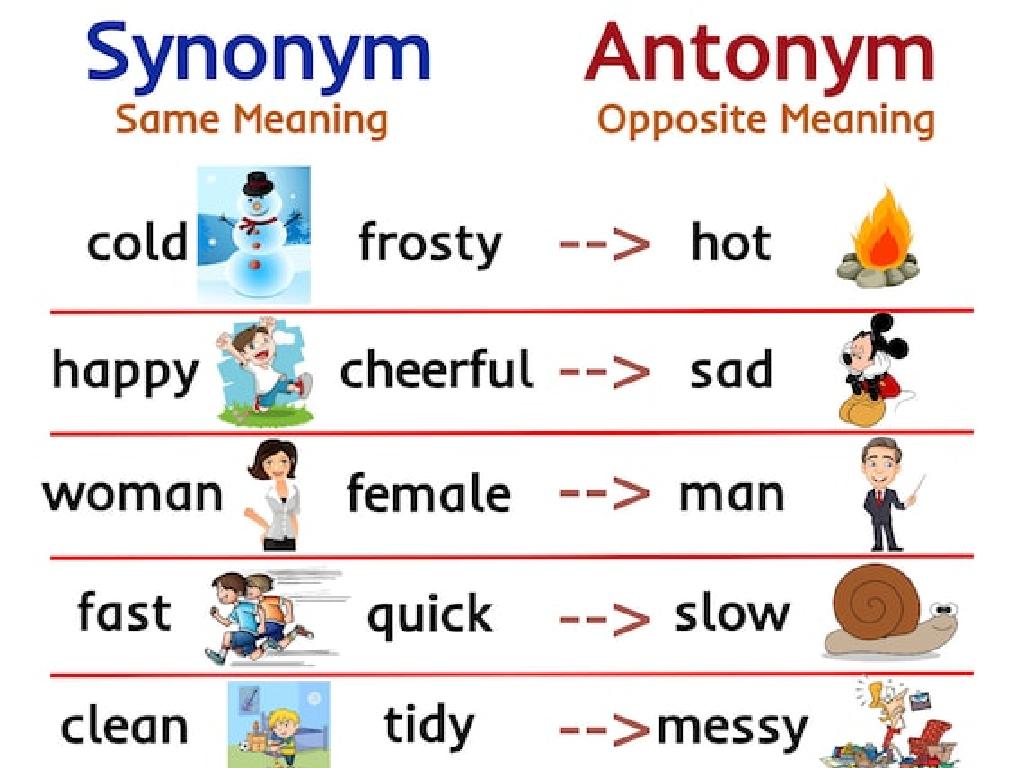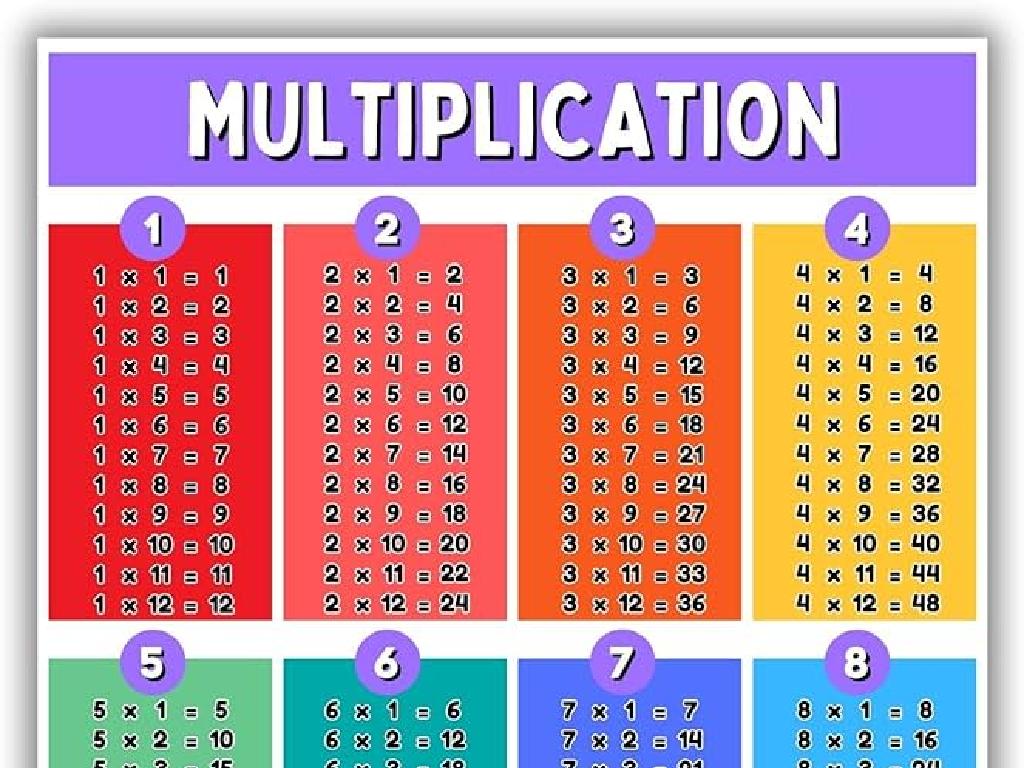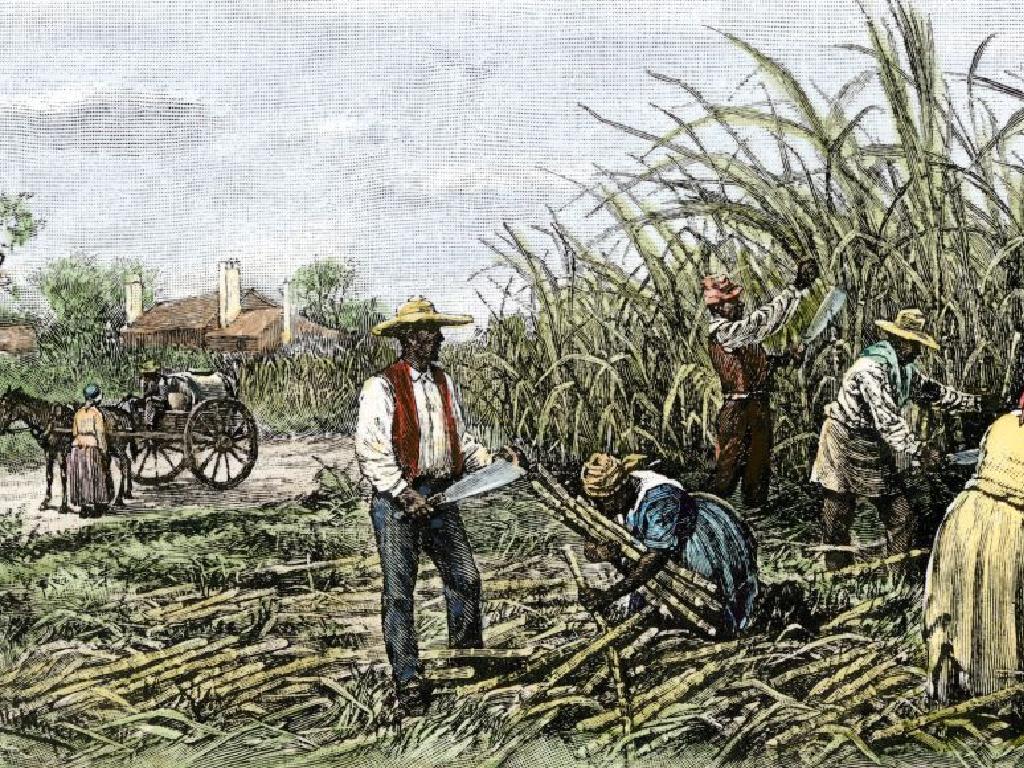Name The Thirteen Colonies
Subject: Social studies
Grade: Seventh grade
Topic: Colonial America
Please LOG IN to download the presentation. Access is available to registered users only.
View More Content
Exploring the Thirteen Colonies
– Introduction to Colonial America
– What are colonies?
– Settlements ruled by a foreign power
– Overview of the Thirteen Colonies
– Names and regions of the original colonies
– Significance in American history
– Foundations of the United States
|
This slide introduces students to the era of Colonial America, setting the stage for understanding the development of the original Thirteen Colonies. Begin with a brief discussion on what life was like in Colonial America and the European countries that established colonies. Explain the concept of a colony as a settlement ruled by a foreign power, in this case, the British Empire. Provide an overview of the Thirteen Colonies, including their names and the regions they were located in: New England, Middle, and Southern colonies. Emphasize the importance of these colonies in the history of America, as they were the seeds from which the United States grew. Encourage students to think about how these colonies might have contributed to the cultural and historical landscape of the modern United States.
Understanding Colonies in Colonial America
– Define a colony
– A territory under the immediate control of a distant state
– Reasons for colonization
– Economic gain, religious freedom, and new opportunities
– Life in the colonies
– Daily life varied: farming, trade, and challenges
– Impact on history
|
This slide aims to provide students with a foundational understanding of what a colony is and the various reasons why the Thirteen Colonies were established. A colony is typically a territory governed by a foreign power, and during the era of Colonial America, European countries established colonies for various reasons including economic pursuits, seeking religious freedom, and finding new living opportunities. Life in the colonies was diverse and often difficult, with activities centered around agriculture, trade, and navigating the challenges of a new environment. Discuss the impact of these colonies on the course of American history, setting the stage for the development of the United States.
Exploring the Thirteen Colonies
– List all Thirteen Colonies
– New Hampshire, Massachusetts, Rhode Island, Connecticut, New York, New Jersey, Pennsylvania, Delaware, Maryland, Virginia, North Carolina, South Carolina, Georgia
– Geographical features & locations
– Coastal regions, varied climates, from New England to the South
– Founding history of each colony
– Each colony was founded for different reasons, from religious freedom to economic opportunities
– Significance in American history
|
This slide aims to provide students with a foundational understanding of the Thirteen Colonies in Colonial America. Start by listing all the colonies and then discuss the geographical features and locations, highlighting the diversity from the rocky shores of New England to the plantations of the South. Briefly touch on the history of each colony’s founding, noting the variety of motivations, such as the search for religious freedom, trade, and agricultural prospects. Emphasize the colonies’ roles in shaping early American society and their collective significance leading up to the American Revolution. Encourage students to remember the names of the colonies and associate them with their unique characteristics and historical contexts.
New England Colonies: Foundations of America
– Colonies: MA, CT, RI, NH
– Climate’s impact on lifestyle
– Harsh winters shaped housing, clothing, and farming
– Major industries
– Fishing, shipbuilding, and trade were prevalent
– Trade in the New England
– Exported goods to Europe and the Caribbean
|
This slide introduces the New England Colonies, which were Massachusetts, Connecticut, Rhode Island, and New Hampshire. Emphasize the role of the harsh climate in shaping the colonists’ lifestyle, particularly their homes, clothing, and agricultural practices. Discuss the major industries, highlighting how the geography influenced the prevalence of fishing, shipbuilding, and trade. Explain the trade relations these colonies had with Europe and the Caribbean, exporting goods such as lumber, fish, and other resources. Encourage students to think about how the climate and geography of where they live might influence their own lifestyles and local industries.
Exploring the Middle Colonies
– New York, New Jersey, Pennsylvania, Delaware
– Cultural diversity and religious freedom
– A mix of cultures and faiths coexisted, unlike in other colonies
– Known as ‘Breadbasket Colonies’
– Named for staple crops like wheat, which were major exports
– Agriculture as a way of life
– Farming was central, with fertile land supporting various crops
|
This slide focuses on the Middle Colonies, which were known for their cultural diversity and religious freedom, setting them apart from other colonial regions. Highlight the significance of the term ‘Breadbasket Colonies,’ referring to their robust grain production. Emphasize the importance of agriculture, which was the backbone of their economy. Encourage students to think about how the geography and climate of the Middle Colonies might have influenced their agricultural success. Discuss how cultural diversity might have contributed to a more tolerant society. Provide examples of how the Middle Colonies’ religious freedom and economic focus on agriculture shaped their development and legacy in American history.
The Southern Colonies
– Maryland, Virginia, North Carolina
– South Carolina, Georgia
– Plantation system and cash crops
– Large farms growing tobacco, rice, indigo
– Slavery’s role in the economy
– Slavery was integral to the agricultural economy
|
This slide introduces the Southern Colonies, which were Maryland, Virginia, North Carolina, South Carolina, and Georgia. Emphasize the warm climate and fertile soil that made the plantation system viable, with cash crops like tobacco, rice, and indigo being prominent. Discuss how these plantations relied heavily on slave labor, which was a tragic and inhumane aspect of the colonial economy. Encourage students to reflect on the impact of the plantation system and slavery on the social and economic development of the Southern Colonies. Provide context on how these factors contributed to the distinct cultural and economic identity of the South in Colonial America.
Daily Life in the Thirteen Colonies
– Social hierarchy and family roles
– Families were large, with roles defined by social class
– Education’s role in society
– Literacy varied; schools were more common in the North
– Common colonial recreations
– Games, storytelling, and church events were popular
– Impact on colonial culture
|
This slide aims to give students a glimpse into the everyday life of people living in the Thirteen Colonies. Discuss the structure of colonial society, emphasizing the roles and expectations within different social classes and family units. Highlight the importance of education and how literacy rates could differ between regions, with a more pronounced focus on education in the Northern colonies. Explore the types of recreational activities that colonists enjoyed, such as corn husking, quilting bees, and barn raisings, which also served as community gatherings. The cultural impact of these aspects shaped the early American society and laid the groundwork for the nation’s development.
Colonial Governments: Seeds of Self-Governance
– Colonial governance structures
– Varied by colony, some had royal governors, others charters allowing self-rule
– Town meetings and assemblies
– Local decision-making forums, precursors to modern local government
– Early self-government emergence
– New World settlers began to create their own rules and laws
– Significance to American democracy
|
This slide aims to provide an overview of the governance systems in the Thirteen Colonies. It’s important to highlight the diversity in colonial governments, ranging from direct royal control to charters that allowed for significant self-rule. Emphasize the role of town meetings and assemblies as early forms of democratic decision-making, where colonists could voice their opinions and vote on local issues. This was a critical step towards the development of self-government in the New World, laying the groundwork for American democracy. Encourage students to consider how these early forms of governance influenced the political system of the United States today.
Class Activity: Mapping the Thirteen Colonies
– Label the Thirteen Colonies on a map
– Mark key cities and geographical landmarks
– Discuss colony significance with a partner
– Consider factors like trade, defense, and climate
– Reflect on location and features
– How did geography influence the colony’s development?
|
This activity is designed to help students visualize and understand the geographical context of the Thirteen Colonies. Provide each student with a blank map and a list of the colonies, key cities, and geographical features to label. Encourage them to discuss with a partner why each colony was established in its particular location, considering aspects such as access to waterways for trade, natural resources, and the suitability of land for agriculture. This will help them grasp the strategic importance of each location and how geography could influence economic activities, political relationships, and social development. Possible variations of the activity could include creating a presentation on one specific colony, a role-play about settling in a chosen colony, or a debate on which colony had the most advantageous geography.
Reflecting on the Thirteen Colonies
– Recap of the Thirteen Colonies
– Significance in American history
– Foundation for the United States
– Open floor for questions
– Share your reflections
– Thoughts on the colonies’ formation and legacy
|
This slide aims to summarize the key points about the Thirteen Colonies and their pivotal role in the formation of the United States. Begin with a brief recap of each colony, highlighting unique features or notable historical facts. Emphasize why understanding these colonies is crucial for comprehending the broader context of American history, including the development of governance, culture, and early American society. Encourage students to ask any lingering questions they may have, fostering an interactive environment. Conclude with an invitation for students to share their personal reflections on the lesson, which can include insights or connections they’ve made to present-day America. This reflection time helps students process the information and engage more deeply with the historical material.





